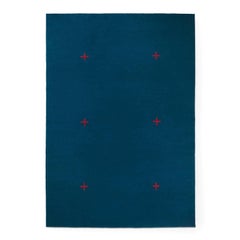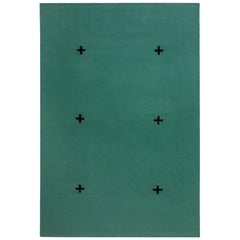Nordic Knots Plus Rug
Recent Sales
Plus Blue/Red, Modern Dhurrie/Kilim Rug in Scandinavian Design
By Nordic Knots
Located in Floral Park, NY
Plus Blue/Red is a modern dhurrie/kilim rug in Scandinavian design. It is available in different
Category
21st Century and Contemporary Indian Kilim Russian and Scandinavian Rugs
Materials
Wool
Plus Green/Black, Modern Dhurrie/Kilim Rug in Scandinavian Design
By Nordic Knots
Located in Floral Park, NY
Plus green/black is a modern Dhurrie/Kilim rug in Scandinavian design.
This contemporary design
Category
21st Century and Contemporary Indian Kilim Russian and Scandinavian Rugs
Materials
Wool
Plus Black/Cream, Modern Dhurrie/Kilim Rug in Scandinavian Design
By Nordic Knots
Located in Floral Park, NY
Plus Black/Cream is a modern modern Dhurrie/Kilim rug in Scandinavian design.
Please note that lead
Category
21st Century and Contemporary Indian Kilim Russian and Scandinavian Rugs
Materials
Wool
Modern Dhurrie/Kilim Rug in Swedish Design. Plus Cream/Green 6'x9'.
By Nordic Knots
Located in Floral Park, NY
A modern dhurrie/kilim rug in Swedish design. Plus Cream/Green in size 6'x9'. Also available in
Category
21st Century and Contemporary Indian Kilim Russian and Scandinavian Rugs
Materials
Wool
Get Updated with New Arrivals
Save "Nordic Knots Plus Rug", and we’ll notify you when there are new listings in this category.
More Ways To Browse
Used Craftsman Tool Chest
Used Fire Safes
Used Foam Longboard
Used Front Entry Doors
Used Furniture Bahamas
Used Furniture Coventry
Used Furniture Maui
Used Furniture Springfield
Used Kitchen Cabinets In Georgia
Used Lateral File Cabinets
Used Lateral Filing Cabinets
Used Security Doors
Used Sinks And Toilets
Usm Haller Pedestal
Usm Haller Shelving
Usm Pedestal
Valerian Rybar
Van Melle

